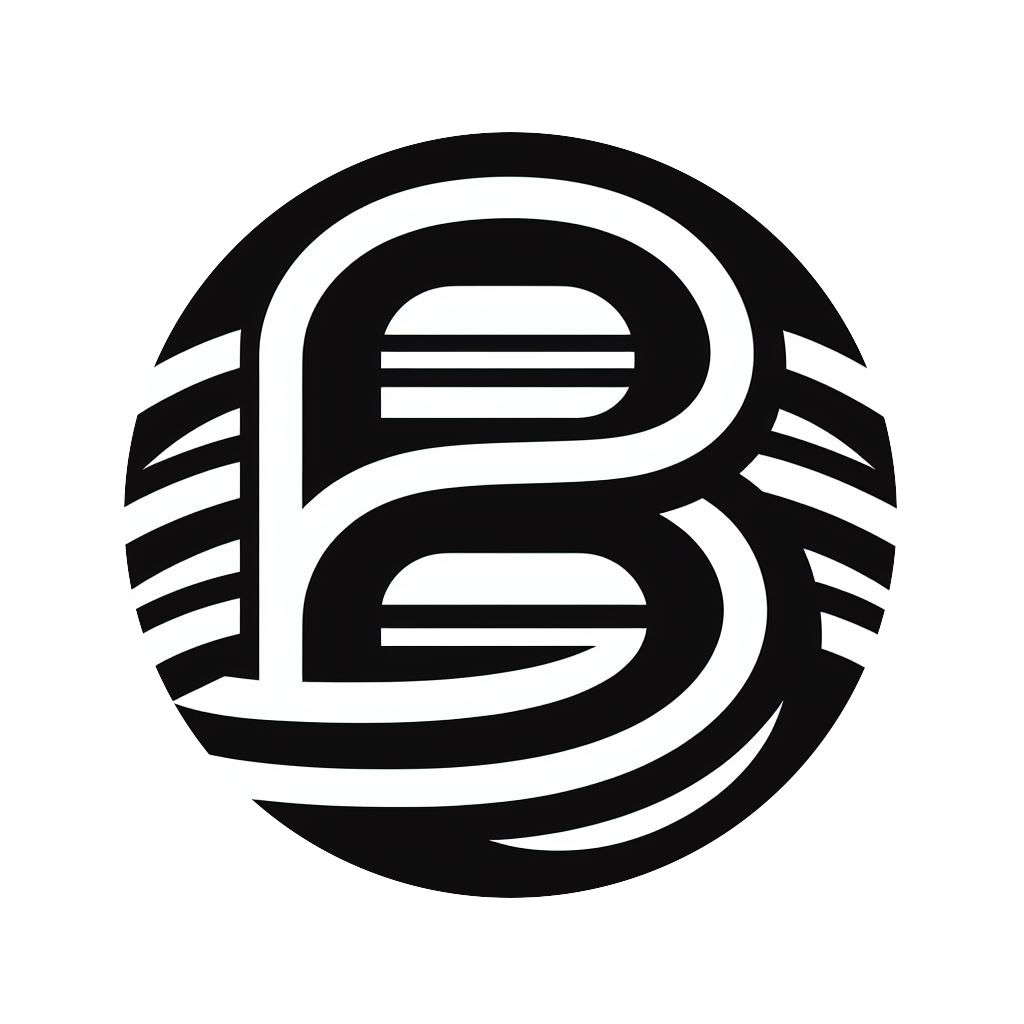From Functional to System Thinking
In traditional manufacturing organizations, teams are structured around core domains like engineering, with further division into specialties such as mechanical, electrical, software, and electronics. Each discipline uses tools and systems tailored to its needs—mechanical engineers, for example, depend on mCAD and PLM solutions specific to their workflows. But the complexity of today’s products—from smartphones to electric vehicles—demands more than just domain-specific thinking. These products seamlessly integrate multiple technologies, challenging organizations to move beyond vertical silos toward a more holistic, system-level approach
Manufacturing has traditionally relied on a functional structure: engineers work in hierarchical silos by discipline—mechanical, electrical, software—each using tools tailored to their field. This approach served well when products were simpler, but today’s innovations require a different mindset. Modern products like electric vehicles or smartphones are complex systems built from a network of subsystems that span multiple disciplines and often originate from various suppliers.
What this means is that products are no longer engineered as singular efforts within functional towers. Instead, they must be orchestrated like a symphony—requiring system thinking. OEMs today find themselves integrating external modules like processors, sensors, and communication units rather than designing every part themselves. In this system-of-systems world, the role of the OEM has shifted closer to that of a systems integrator.
This shift challenges how companies are organized and how decisions are made. Who governs a product that’s co-created across domains and organizations? When each engineering discipline uses different tools—often from different vendors—the traditional, functionally aligned PLM systems start to break down. These systems were built for linear workflows based on CAD files, but many modern designs are multi-dimensional and cross-functional, where CAD may not be the central design tool.
Systems thinking acknowledges that a product is not merely a physical object but an interconnected structure of technologies, data, and user experiences. It pushes manufacturers to move from vertical integration within departments to horizontal collaboration across teams. It asks leaders to reconsider not only organizational design but also software architecture, data ownership, and workflows.
Organizations that embrace system thinking and acting will better manage complexity, reduce rework, and adapt to changing customer and supply chain needs. They’ll also be the first to empower the emerging role of Super Engineers—those who traverse functions and disciplines to ensure the final product works as one cohesive system.
Super Engineer in a Matrixed Organization
#PLM #productlifecylemangement #superengineers #functional #logical #hybrid #supplychain #productdesign #systemofsystems


